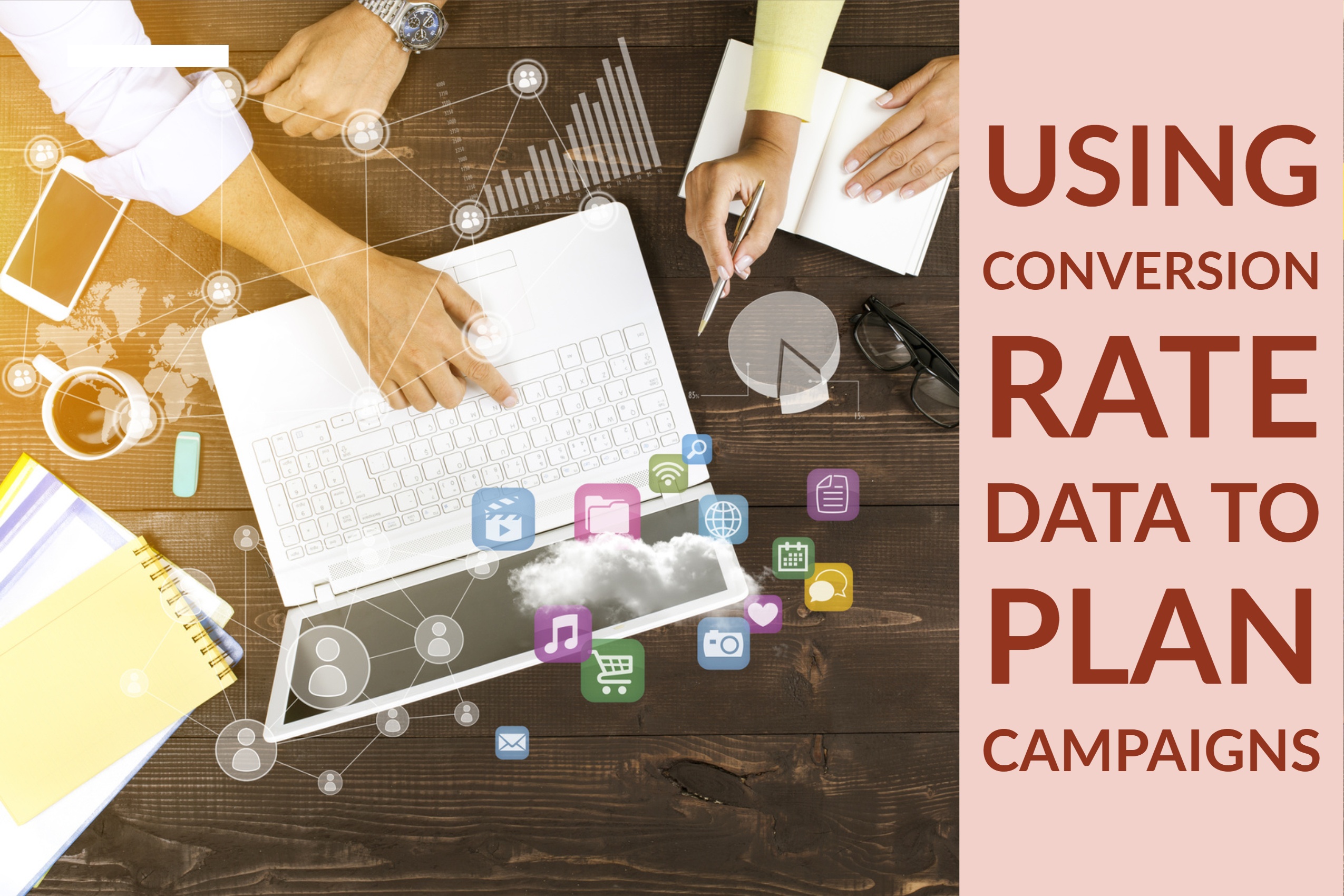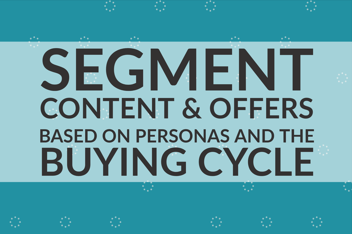Using Conversion Rate Data to Plan Campaigns

While marketing involves a certain level of art, in the creativity needed to develop messaging and craft visual elements, it is in many ways a numbers game.
Those numbers should begin with the goals you set for your marketing, determined by working backward from the needed customers and revenue, through the leads needed to close those sales, to the contacts and web traffic required to generate the necessary number of leads.
The data-crunching continues when it’s time to measure results. The volume of metrics you can access through today’s inbound marketing platforms is incredible, and it can be overwhelming. Just the blog metrics alone merited two different Inbound Accelerator posts. (See Blog Metrics You Should Measure: Part 1 and Part 2. Or take a visual tour here.)
Beyond using metrics as a measurement against overall traffic and lead generation goals, you can also use the knowledge of what has worked well in the past to plan your strategy for the future. That is where conversion rates come in.
What is the conversion rate? For most of us in inbound marketing, it is the percentage of website visitors to a landing page who complete the form and access the offer, therefore converting into leads. Knowing how each of your marketing elements has an impact on conversion rates can help you plan out your next campaign and additional content.
Use Conversion Rate Data To Plan Downloadable Offers
Planning inbound marketing campaigns often begins with deciding which downloadable offers you will create as the foundation of each campaign. It is around these offers — reports, case studies, templates, webinars, etc. — that the rest of the campaign is built, from outbound emails and social media to blog posts and bylined articles.
It just makes sense to know which of your past offers are downloaded most often and have the highest conversion rates when visitors land on their pages. When you know which offers are most popular and most effective at converting leads, you can plan additional offers that either:
-
Focus on the same general topic or customer pain point; or
-
Use a similar format or structure.
Determining which topics and formats are most likely to continue to drive lead conversion means looking at two metrics:
-
Total downloads (in HubSpot’s landing page analytics, it is listed as “submissions”)
-
Conversion rate
You can either look at your “all data/all time” metrics, or use a shorter time frame, such as the last 6 months, which may give you a more accurate look at what visitors are currently seeking. The “all data” metrics will be skewed toward those offers that have been on the website longest.
What we find in our own metrics is that three of the top five all-time downloads are templates, one is a checklist and one is an ebook. When we narrow the time frame to the first half of 2018, we find that two of those templates and the checklist still make the top five list, with the annual State of Inbound report and a quick guide to how Facebook aids healthcare providers rounding out the list. The topics covered, however, have little in common, covering several elements of inbound marketing — SEO, lead nurturing, campaign planning and lead qualification.
Looking at that, we can guess that what our website visitors are looking for most are hands-on tools and easy-to-use reference materials.
When we look at conversion rates, rather than simply the most-downloaded, several of the same offers appear, in both the all-time and 2018 YTD data. Nearly all of the offers with conversion rates of 40 percent or more were for templates or checklists.
Based on that information, we know that it would be wise to include more templates, tools and checklists in our upcoming campaigns, as they have a higher conversion rate for our website than other formats, such as ebooks.
Want to check the templates and checklists our readers download most often? Here are the top 3:
Use Conversion Rate Data And A/B Testing To Optimize Landing Page Formats
While the offer is one piece of the conversion puzzle, actual conversion rates can also be influenced by the landing pages themselves. Each landing page has as many as 15 different elements that can be adjusted and tested.
By making subtle changes to your landing pages and using A/B testing to randomly present two different variations to visitors, you may be able to determine if certain formats yield a higher conversion rate overall. Among the elements you may most want to test are the number of form fields (Will visitors be more likely to convert if they are asked for less information?), addition of a video, or changes to the headline or even the button at the bottom of the form.
Use Conversion Rate Data To Target Blog Topics, Formats & Related Offers
Blog posts are often the conduit that leads website visitors to your inbound marketing offers and landing pages, when a prospect reads a post related to their topic of interest, and then clicks on the call-to-action that leads to the related offer’s landing page.
Understanding this, you can use HubSpot’s blog analytics to identify which blog posts most often led to a landing page conversion.
Interestingly, our Inbound Accelerator blog posts that have triggered the most conversions don’t always point to the highest-converting landing pages (but the top-performing post from the last 6 months does point to a similar offer: a checklist).
Once you know which blog posts most frequently lead to a conversion, you will still need to do a little detective work, and possibly rely some on intuition, to determine whether the success is due to the topic and format of the blog post, how closely the post relates to the offer it links to, or the overall appeal of the offer (see point No. 1 in this post). Then you can plan more blog posts with those characteristics into your next inbound marketing campaign.
Number crunching is great for proving success — especially when you need to show it to your boss — but it can be even more valuable when you use it to repeat success. HubSpot provides all the metrics and analytics you could ask for in proving the ROI of your marketing and using past successes to drive future growth. If you haven’t yet maximized the potential in your HubSpot investment by analyzing the data, as a HubSpot-certified partner agency, we are ready to help you. Download our JONES+HubSpot Analytics Solution sheet to learn more about how we can help you make sense of the data and implement improvements based on what you learn.
-1.png?width=1652&height=294&name=Jones(RGB)-1.png)







.png?width=352&name=10%20Steps%20To%20Inbound%20Marketing%20Campaigns%20(And%2020+%20Tools%20To%20Complete%20Them).png)



